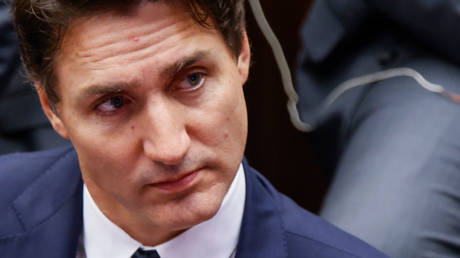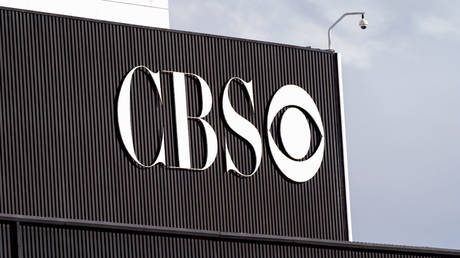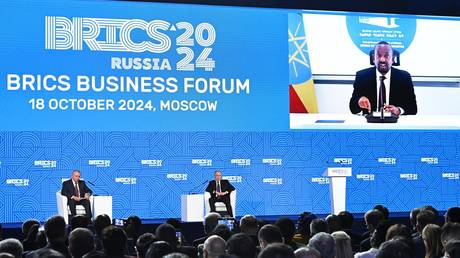Jeff Bezos famously banned PowerPoints from executive meetings at Amazon.
Getty/Gareth Cattermole
Dropbox has taken a page from Amazon’s book when it comes to meetings.The company uses memos in meetings, which begin with attendees reading them and leaving comments.Amazon’s Jeff Bezos famously banned PowerPoints in exec meetings, instead asking for 6-page memos.
Jeff Bezos’ rules for meetings at Amazon have made their way to Dropbox.
Dropbox CEO Drew Houston said his company has adopted the “memo-first” meeting culture. He explained why Dropbox favors memos to slideshows:
“We’ve all been in those meetings where someone’s presenting, you’ve already read the slide, but you have to wait for the person verbally to catch up, or someone interrupts and asks a question, but the question’s answered a couple slides later,” he said on an episode of the podcast The Logan Bartlett Show released Friday. “And one way or another, the presentation format kind of limits how many people you can have in a room to have an effective conversation.”
Houston went on to say that meetings centered on PowerPoint presentations can become more about the delivery of the slideshow than its content.
“How compelled you are by the presentation is less about the merits of their arguments and more about their skill at presenting and thinking on their feet, so there’s a bit of a distortion or bias that comes in that way,” he said. “And then conversely, narratives work really well because they have a much higher bitrate, so most people can read a lot faster than they can hear.”
Amazon founder Bezos’s distaste for bullet points and PowerPoints reportedly dates back to 2004, when he banned them from senior leadership meetings. Instead, he asks for a 6-page “narratively structured” memo, and the meeting kicks off with attendees silently reading it.
Bezos has said he likes “a crisp document and a messy meeting” and that he favors memos because people can get away with “hiding a lot of sloppy thinking in bullet points.”
At Dropbox, they begin meetings reading the document for about 10 to 20 minutes, and attendees leave in-line comments in Dropbox Paper, Houston said, noting they’ve even put a form at the end of the pre-read where attendees put their overall reactions and a rating.
Instead of vague and disjointed context, “suddenly everybody has the same kind of high-def 4K view of what are we talking about, what is the plan, and you know everybody has that kind of fact base. And it’s super efficient to download that, you can have up to 15, 20 people in a room and have it still be efficient,” he said. “In that 10 or 20 minutes, you can get much higher fidelity download to everybody in the room than you could get in an hour of just talking about it and interrupting each other.”
Houston acknowledged that the method can raise challenges, though, including being “very time-consuming for the writer.”
“It’s very hard for the writer, easier for the reader, but that’s generally a good trade-off, especially in a bigger company, because there’s a lot more readers than writers,” he commented. Often, “it’s a lot more efficient to just give people the source of truth rather than verbally ‘game of telephone’ broadcasting it over and over again.”
Another possible issue, Houston said, is that people can “sort of forget that the point of the narrative is to help get the work done; the point is not to write the narrative itself.”
“If people are having the pre-meeting before the meeting and there’s a lot of bureaucracy around the document, then you can lose the plot that way,” he said.





+ There are no comments
Add yours